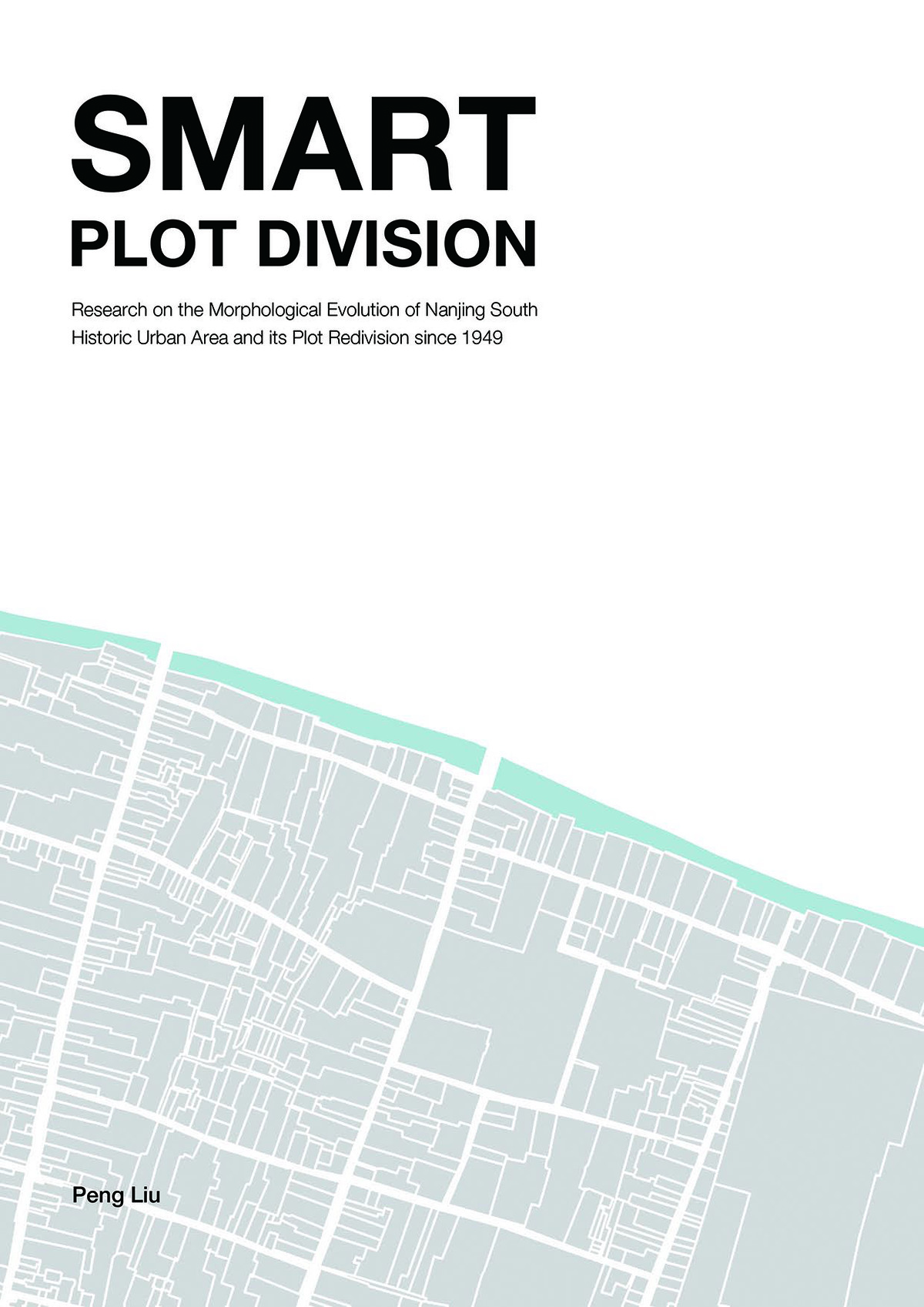Smart Plot Division
Research on the Morphological Evolution of Nanjing South
Historic Urban Area and its Plot Redivision since 1949
Karlsruhe, 2019.
Dr. Peng Liu
Chinese historic cities have experienced drastic transformations since the socialist revolution of 1949, in which an essential change is the reconstruction of the plot pattern. The historic plot pattern in a majority of Chinese cities was heavily damaged by constant urban renewals, while the renewed plot pattern lost its historically morphological identity. The transformation of plot pattern is directly influenced by plot division which serves as not only a planning apparatus but also a key link in the land development system. The damage of historic plot pattern has shown that the current plot division mechanism is not necessarily in favor of the conservation and continuation of historic cities. Under this background, this dissertation takes the first step to understand the special role of plot division in affecting the transformation of urban form in the historic urban area.
Based on the hypothesis that the plot serves as a mediator connecting urban morphology and land development system, this research establishes a plot-based morphological-institutional analytical framework, exploring the morphological evolution of Nanjing south historic urban area since 1949 and its plot redivision. The research is composed of four parts, including analysis of morphological evolution, institutional analysis of plot division, comparative research with Berlin and the strategy for the urban refurbishment.
Based on the typo-morphological theory, the analysis of morphological evolution is made at three different spatial levels including the historic urban area, unit plot and plan-unit. The analysis shows that the elimination of traditional plot subdivision and the prevalence of megaplot schema is the prominent feature for the morphological evolution of Nanjing Old South area since 1949. The megaplot schema not only implies excessive plot scale but also represents excessive differences of building types and an increasingly alienated plot-building relationship. The renewed plot pattern in five typical plan-units has neither continued the historically morphological characteristics nor generated better urban space.
The institutional analysis of plot division focuses on three aspects including the conservation planning, the regulatory planning, and land development mode. The result shows that the plot pattern is for a long time neglected by the conservation planning system. The regulatory planning does not establish a mature standard of plot division and shows a deficiency in the morphological control on the unit plot. The historical institutionalist(HI) analysis of land development mode in Nanjing shows that the prevalence of megaplot is the result of the land development of growth supremacism.
The comparative research between Nanjing and Berlin shows that the development of Nanjing Old South area was for a long time in a fragmented way. Taking a reference on Berlin’s Critical Reconstruction since the 1990s, a set of smart plot division strategy is finally proposed to promote the refurbishment of the historic urban area.
Verlag. KIT Scientific Publishing, Karlsruhe. DOI: 10.5445/IR/1000089697
Free download. https://publikationen.bibliothek.kit.edu/1000089697


